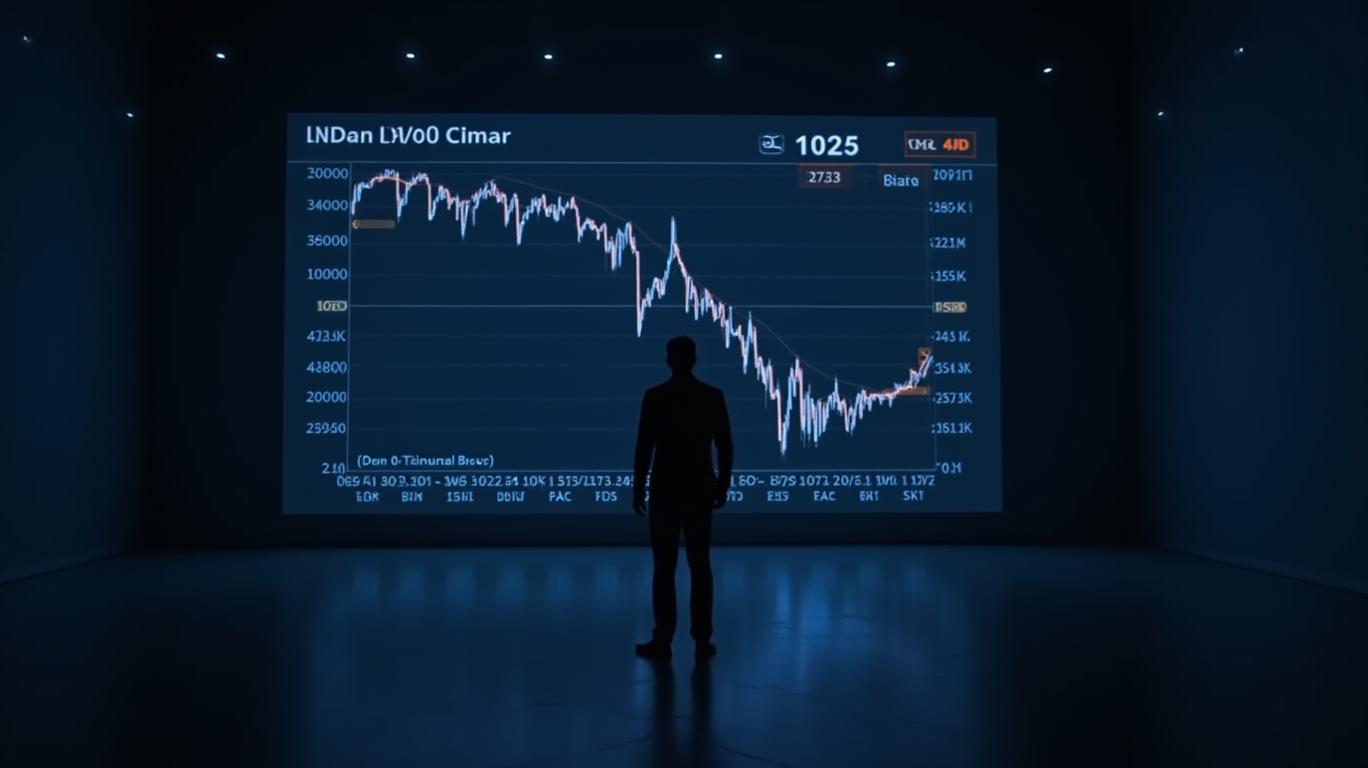Is the Options Market Pricing in an Upcoming Catalyst for HDFC Bank (HDB)?
The options market often acts as a crystal ball for traders, pricing in expectations of future volatility long before events unfold. For HDFC Bank (HDB), the June 20, 2025 $90 Put options are currently exhibiting some of the highest implied volatility levels among all equity options, signaling a potential inflection point for the stock. This volatility spike raises a critical question: Is the market anticipating an earnings surprise, a regulatory shift, or a strategic move by management that could redefine HDB’s trajectory? Let’s dissect the data and uncover actionable opportunities.
1. Decoding the Implied Volatility Spike
The June 2025 $90 Put’s elevated implied volatility reflects a market consensus that HDB’s stock could swing sharply by expiration, driven by one or more catalysts. While the exact numerical volatility level isn’t disclosed, the text highlights that this option’s volatility is “some of the highest” in its peer group. This signals a premium pricing for downside risk, suggesting traders are bracing for a potential decline—or a rebound—after a major event.

2. Fundamental Drivers: Earnings and Regulatory Crossroads
Earnings Expectations (May 2–12, 2025)
HDB’s upcoming earnings, expected between May 2–12, are a key near-term catalyst. Analysts have trimmed their consensus estimate for the quarter to 75 cents per share from 76 cents over the past 60 days—a small but telling revision. While this suggests cautious sentiment, the stock’s Zacks Rank #3 (Hold) in the “Banks – Foreign” category (top 7% of its industry) hints at underlying strength. A beat on these lowered expectations could trigger a volatility unwind, rewarding buyers of puts or sellers of premium.
RBI’s June 4–6 Monetary Policy Meeting
The Reserve Bank of India’s Monetary Policy Committee (MPC) meeting in early June could inject macro tailwinds—or headwinds—into banking stocks. With India’s economy navigating rate cuts and inflation pressures, the RBI’s stance on liquidity and lending norms will shape HDB’s net interest margins (NIMs) and asset quality. A dovish shift could boost lending activity, while tighter regulations might constrain margins.
Strategic Moves: ATM Fee Reforms and CASA Ratio Challenges
The RBI’s May 1 implementation of stricter ATM transaction fee limits (e.g., 3 free transactions/month in metro areas) adds operational nuance. While
has structured its charges to stay within the cap, the move could pressure fee-based revenue streams. Meanwhile, management’s ongoing struggle with the CASA ratio (a key liquidity metric) remains unresolved, as noted in Q4 2025 results. A breakthrough here—or a regulatory tweak—could shift sentiment decisively.3. Macro Trends: Indian Banking’s Consolidation Play
The broader banking sector faces sector-wide consolidation as India’s economy transitions toward digital lending and greenfield projects. HDB’s leadership in retail banking and tech-driven services positions it to capitalize on this shift. However, regulatory hurdles, such as stake-holding caps or capital requirements, could delay growth. A RBI-approved stake hike for foreign institutional investors (FIIs) or a major acquisition announcement could act as a volatility trigger, justifying the June puts’ premium.
4. Actionable Strategies: Capitalizing on Volatility
Option 1: Premium Selling for Volatility Decay
If you believe HDB’s stock will stay range-bound ahead of the June expiration, consider selling the June $90 Put to collect a premium. The strategy bets on implied volatility contracting as uncertainty resolves, even if the stock drifts sideways.
Option 2: Directional Bet on an Earnings Rebound
Should earnings beat lowered expectations, a bull put spread (e.g., buying the June $85 Put and selling the June $90 Put) could profit from a rebound while capping risk. This strategy aligns with the Zacks Rank’s top-tier industry position, suggesting resilience.
Option 3: Play Regulatory Catalysts with Calls
If the RBI’s June policy meeting signals easing, long calls (e.g., June $95 Call) could capture a rally. Pair this with a collar strategy (shorting a higher-strike call) to limit upside exposure while hedging downside risks.
5. The Bottom Line: Act Before the Clock Runs Out
The June 2025 $90 Put’s volatility spike isn’t a random blip—it’s a market whisper about HDB’s near-term potential. With earnings, RBI policy, and strategic moves all on the horizon, this is a now or never moment to position yourself.
Recommendation:
- Aggressive traders: Sell the June $90 Put to collect premium ahead of volatility decay.
- Bullish investors: Buy HDB stock and pair it with a protective put (e.g., June $85 Put) to hedge downside risk.
- Risk-averse players: Use a strangle strategy (buying both puts and calls) to bet on a volatility breakout.
The clock is ticking. Will HDB’s June puts price in a catalyst—or fade into obscurity? The answer could be worth millions.
Final note: Always assess your risk tolerance and consult a financial advisor before executing options strategies.

Comments
No comments yet